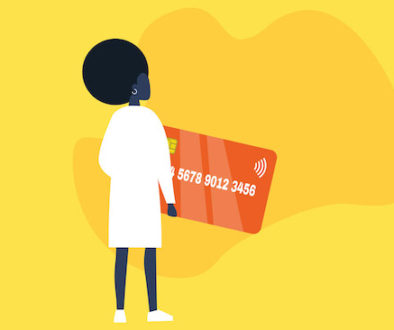Major Banking Crimes and Frauds
Fraud is a growing problem for banks because it is very difficult to detect who has done the scams because hackers use increasingly sophisticated techniques that allow them to operate smoothly. It is essential to monitor and learn how banks and their customers are being affected by these crimes. There are five main bank crimes:
Loss or theft of the card: It happens when a person makes the use of a card that has been forgotten or stolen, pretending to be the owner.
Duplicate card or skimming: The duplicate card and encoding is done without the permission of the banking company. In most of the cases, it involves copying information from the magnetic stripe of a genuine card without the knowledge of the owner. Normally this kind of scam doesn’t happen until the hacker has the information of your banking account.
Data Theft: It occurs when your card information gets stolen during an online transaction Or the company/website share your card detail, and your card is used later without your permission.
Card theft before delivery to the owner: This fraud occurs when a card is stolen before reaching the address of the owner, usually occurs when the bank sends the card by post and has no elements.
There are times when the crime occurs if a criminal steals documents such as statements, and uses it to open a new account with the same name (a duplicate account). The scammer can also use your bank data to make the payment elsewhere.
There are solutions to detect and combat these types of fraud. For example, SAS Anti-Money Laundering, which is part of SAS Enterprise Financial Crimes. For banking financial institutions they offer an INFRASTRUCTURE technology that helps to prevent, detecting and managing financial crimes across lines of business within banks. Banks around the world are using analytics to manage data, reduce fraud losses, improve financial performance and save millions by better assessment of portfolio risk.





